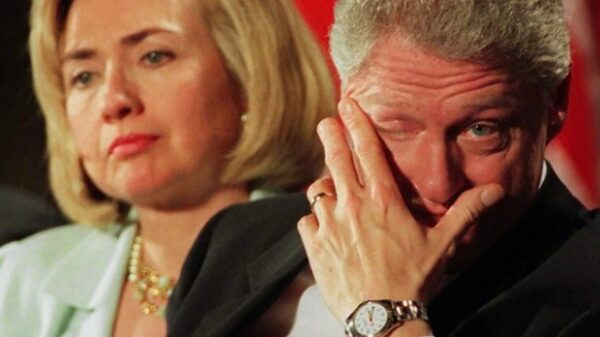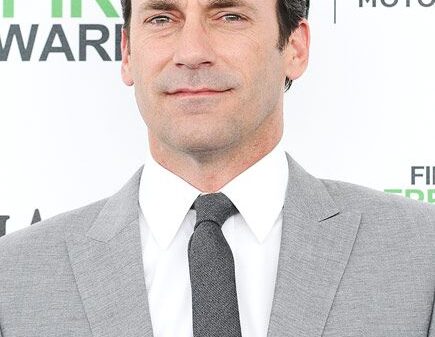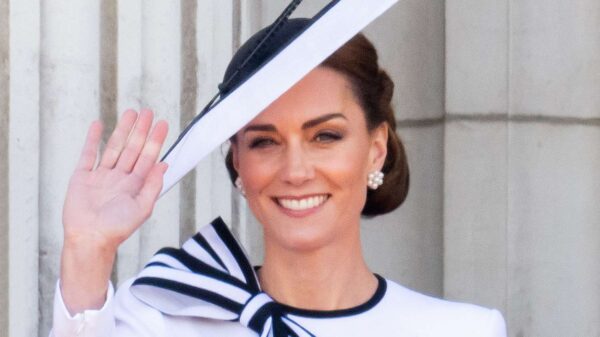Ukrainian President Volodymyr Zelensky returned from his recent trip to Washington with a mix of hope and disappointment.
While he secured a substantial $8 billion in military aid, he left without the agreement he was hoping for regarding the use of Western missiles against Russian targets.
This visit underscores the complex dynamics at play as Ukraine continues to navigate its defense strategy amid an ongoing invasion by Russia.
Zelensky’s push for advanced weaponry has been persistent.
He has long argued that to effectively defend Ukraine, he needs the capability to strike deep into Russian territory.
However, President Biden, with only a few months left in his term, seems unwilling to take that risk.
The fear is that such actions could provoke Russian President Vladimir Putin, leading to unpredictable and potentially dangerous consequences not just for Europe but also for the United States.
During his visit, Zelensky received a variety of military assets, including air-launched weapons known as spandoff missiles.
These mini-cruise missiles can be deployed from F-16s, which Ukraine has recently acquired.
Although their range is limited to about 70 miles, they still represent a significant enhancement to Ukraine’s defensive capabilities.
This support may bolster Ukraine’s efforts against the Russian onslaught, but it doesn’t fulfill Zelensky’s desire for longer-range strike options.
Reports from Ukrainian troops in the Donbass region reveal a stark reality: they are not focused on grand victory plans but are instead entrenched in the brutal grind of daily battles.
This raises questions about future military strategies and the role of high-profile political figures like Vice President Kamala Harris and former President Donald Trump in determining the course of action.
If Harris were to assume the presidency, would she be more inclined to authorize the use of Storm Shadow missiles?
The answer remains uncertain, especially given the complexities surrounding the ongoing conflict.
Looking beyond the current administration, the potential for a change in leadership adds another layer of unpredictability.
Trump has made bold claims about ending the war swiftly, but his approach to providing Zelensky with the necessary tools to defeat Russia remains unclear.
The stakes are high, and the implications of any decision will reverberate through the NATO alliance, complicating the already intricate geopolitical landscape.
In the UK, opposition leader Sir Keir Starmer has been advocating for British-made weapons to be utilized in the conflict.
Speculation suggests that permission for such actions might be granted discreetly, but the reality is more complicated.
The UK’s involvement in NATO means that any unilateral decision to allow Ukraine to use these weapons would require consensus with Washington, which is unlikely given the current tensions.
The reluctance from Western leaders to provide Zelensky with the authority to strike deep into Russia stems from a shared understanding of the potential repercussions.
Putin’s nuclear doctrine has been evolving, and he has hinted at the possible use of tactical nuclear weapons if Russia feels threatened.
This shift in rhetoric is alarming, as it broadens the scope for what could trigger a nuclear response.
Putin’s recent statements suggest a calculated approach to his military strategy.
He has indicated that any significant conventional attack on Russia, particularly one backed by nuclear-capable nations, could justify a nuclear response.
This new framing changes the conversation around the conflict and raises the stakes for all involved parties, making diplomatic solutions even more critical.
Inside Russia, the possibility of using nuclear weapons is met with caution.
While some may support a hardline stance, many understand the catastrophic consequences that could follow.
Putin’s long tenure has been marked by an emphasis on conventional military strength, and resorting to nuclear options would be seen as a failure rather than a show of power.
Ultimately, the situation remains precarious.
The interplay between military strategy, political decisions, and the looming threat of nuclear escalation creates a complex web of challenges.
As Zelensky reflects on his meetings in Washington, it’s clear that while military aid is crucial, the path to victory in Ukraine is fraught with uncertainties and risks that extend well beyond the battlefield.
Read more











